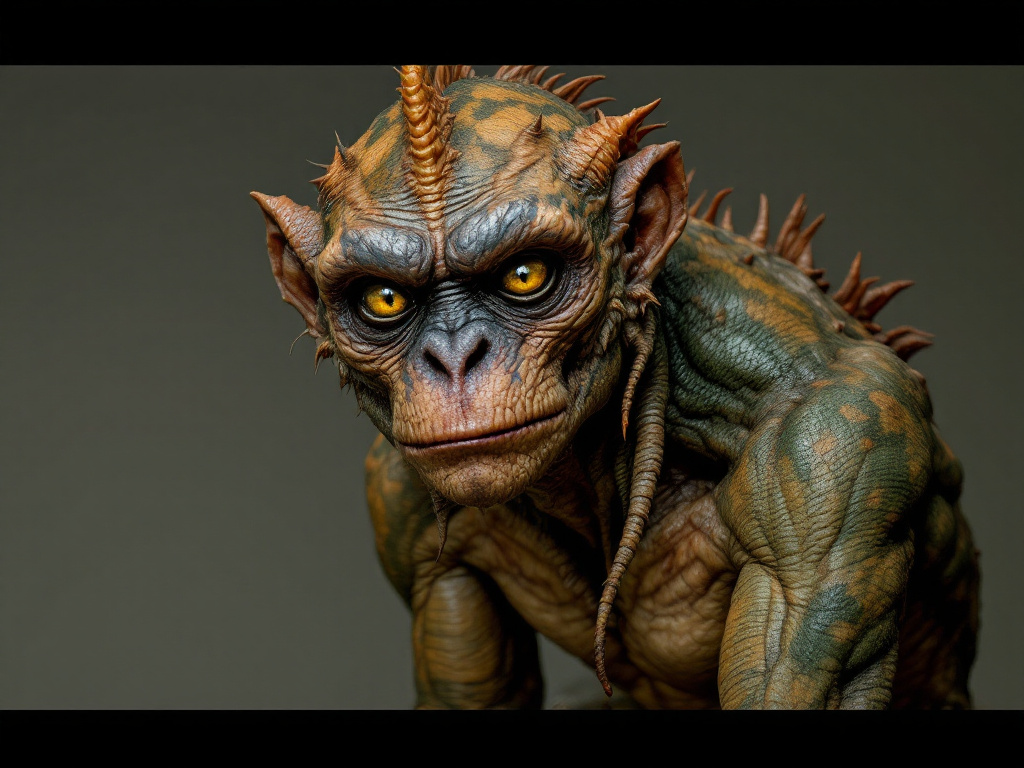What would happen if humanity were suddenly transported to the age of dinosaurs? The scene is familiar thanks to movies: humans, with ingenuity and determination, manage to survive among giant creatures, ruthless predators, and hostile landscapes. But this romantic and adventurous vision does not account for a harsh truth: our biology is not at all prepared for such a scenario. Imagine having to face a world with a climate, flora, and fauna completely different from what we are used to. In this article, we will explore how our anatomy and metabolism would need to adapt to ensure our survival in an era so distant in time, and how, if we were to truly return to the time of dinosaurs, the appearance of humans might change radically. We will challenge the vision presented by Hollywood productions and see what science would tell us about our ability to survive in a world that, today, would seem more like a nightmare than an adventure.
Necessary Biological Adaptations:
- Respiratory Adaptations: In the Mesozoic era, atmospheric oxygen was higher than today, but high concentrations of carbon dioxide and the presence of gases like methane could make breathing difficult for a human with our current respiratory system. We would likely need to develop a more efficient respiratory system to adapt to these variations. Perhaps larger lungs or a respiratory system that allows us to better filter atmospheric gases.
- Heat and Radiation Resistance: The Mesozoic climate, hot and humid, with periods of intense solar exposure, would have posed a significant challenge. To survive without modern conveniences (like clothes and air conditioning), we would need to develop skin that is much more resistant to heat and UV radiation. We could imagine thicker skin, perhaps with pigmentation that protects us from the sun, similar to some animals that live in extreme environments today, like camels or certain reptiles.
- Metabolic Adaptations: Our diet would need to adapt to an ecosystem with completely different flora and fauna. Our digestive capacity would not be able to process all the new plants and animals, some of which might contain substances toxic to our system. We might develop a more robust gastrointestinal tract, capable of processing new types of food and resisting bacteria and microorganisms that we do not encounter today.
- Physical Resistance: Physical conditions would need to adapt to the constant struggle for survival, with enormous predators and a hostile natural environment. Muscles would need to become more powerful to deal with the difficulties of moving in often wild and rugged terrain. Additionally, the ability to run fast to escape dinosaurs and to resist potentially lethal wounds would become a fundamental skill.
Aesthetic Adaptations:
- Modified Somatic Traits: Aesthetically, humans might look notably different. We could develop a more upright and muscular posture, with stronger arms and legs for more agile movement through jungles or fast running. We might have a body covered in fine or thick fur, which helps regulate body temperature and protect the skin from sunburn.
- Facial Changes: Human eyes might evolve to be better protected from direct sunlight or harmful radiation, with thicker eyelids and natural protections. Ears could develop acute sensitivity to detect predator sounds from afar, and our sense of smell might become more refined to pick up signals from the surrounding fauna.
- Coloration and Camouflage: We might develop darker skin, like tropical primates, to better resist heat and sun, but with the ability to change tones for better camouflage in the surrounding environment and to escape predators. Natural camouflage would be an advantage in a world where dinosaurs and other giant creatures constantly prey.

An artwork to show another possible aspect of a Mesozoic man
Comparison with Cinema:
Movies often show a brave and almost heroic humanity facing the challenges of a prehistoric world, but they rarely explore the biological implications of returning to that reality. In most films, humans survive thanks to their cunning or the use of advanced technologies, but the reality would be quite different. Without our current comforts, our bodies would need to evolve drastically to adapt to a world where survival depends on the ability to resist enormous predators, unknown diseases, and a very different environment from what we know.
To conclude
If we were to return to the age of dinosaurs, our biology would be tested like never before. To survive in a prehistoric world, we would be forced to profoundly modify our bodies and metabolism, adapting to a hostile and unknown environment. Cinematic visions, while exciting, do not reflect the harsh reality of how humans would need to evolve physically and aesthetically to face the distant past. The truth is that, without adequate evolution, the chances of survival in a world dominated by dinosaurs would be extremely low.








Leave a Comment